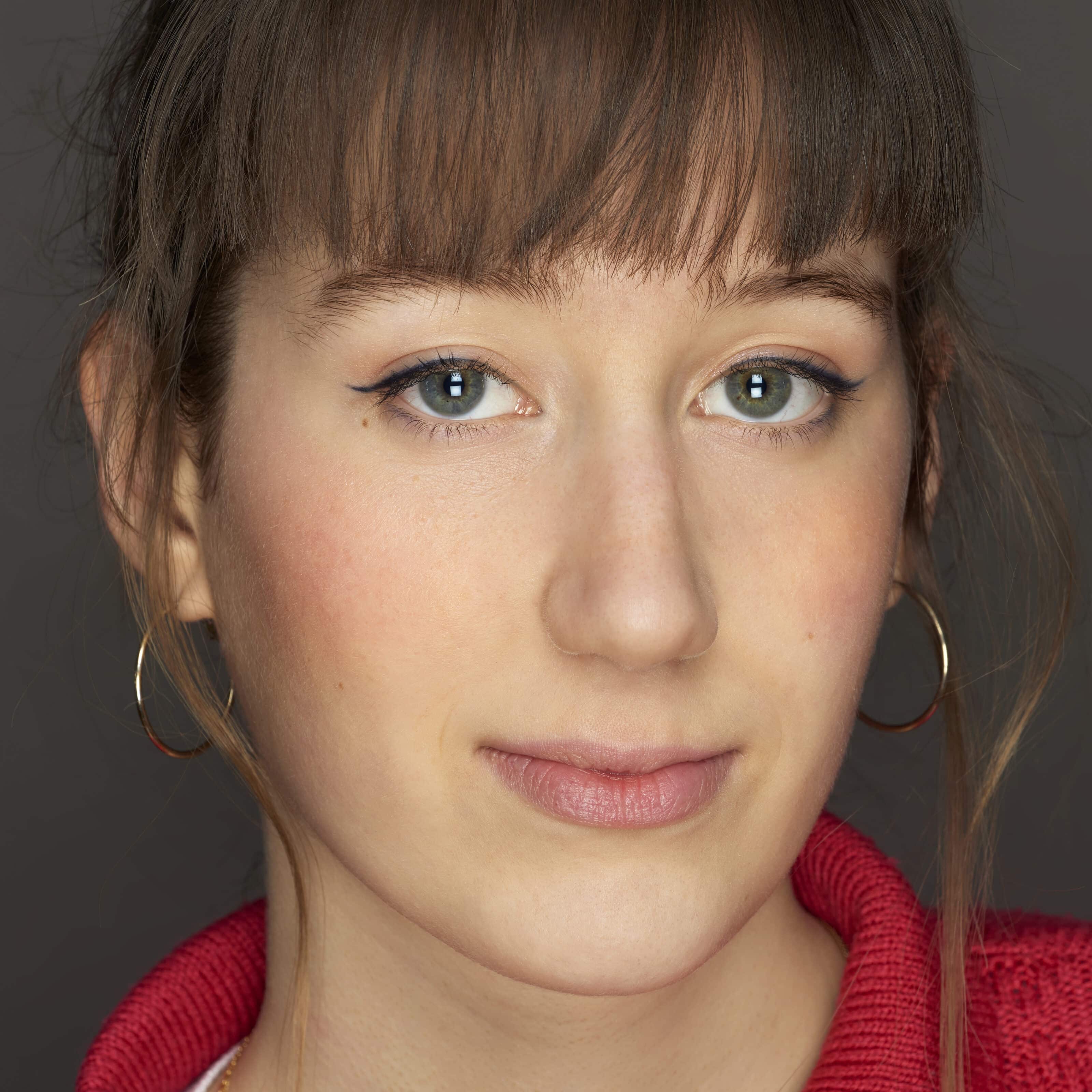Built on the site of former railway warehouses, Photo Élysée in Lausanne is one of the first museums in Europe to be devoted exclusively to photography. While last summer’s exhibition focused on the railroads, Photo Élysée now celebrates the female ...




